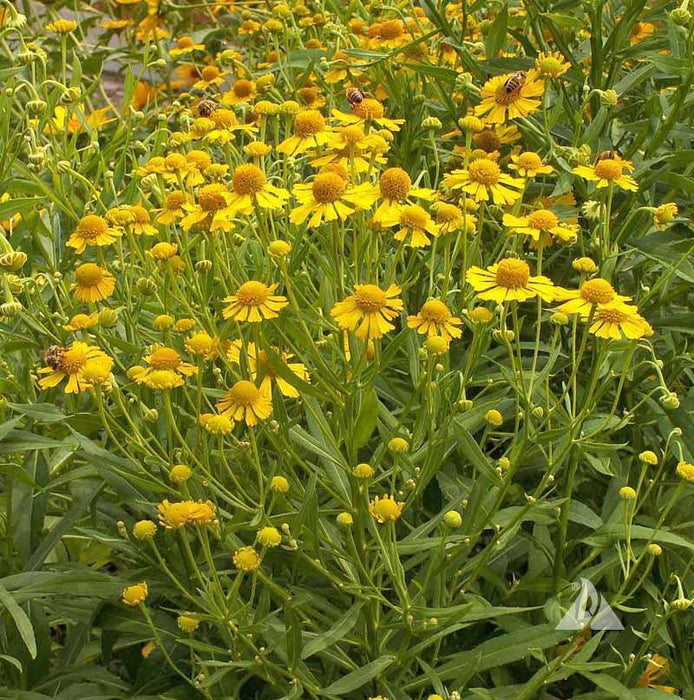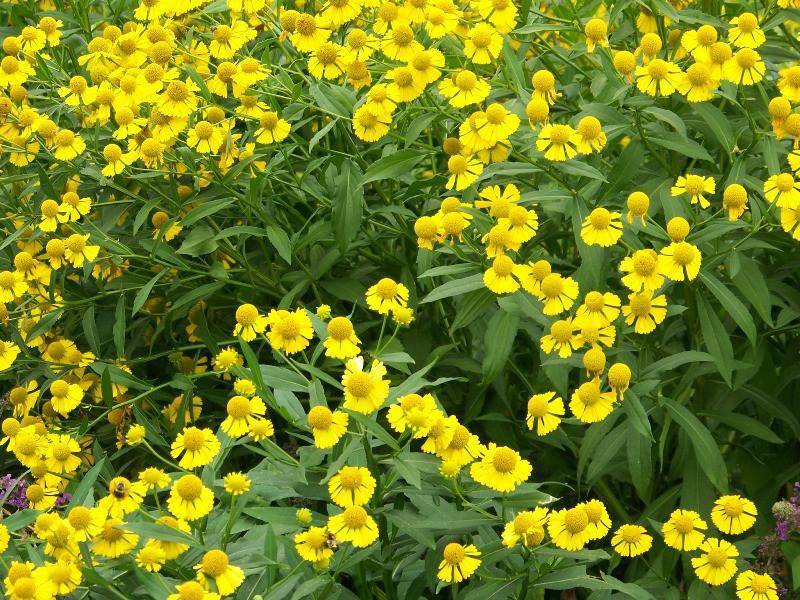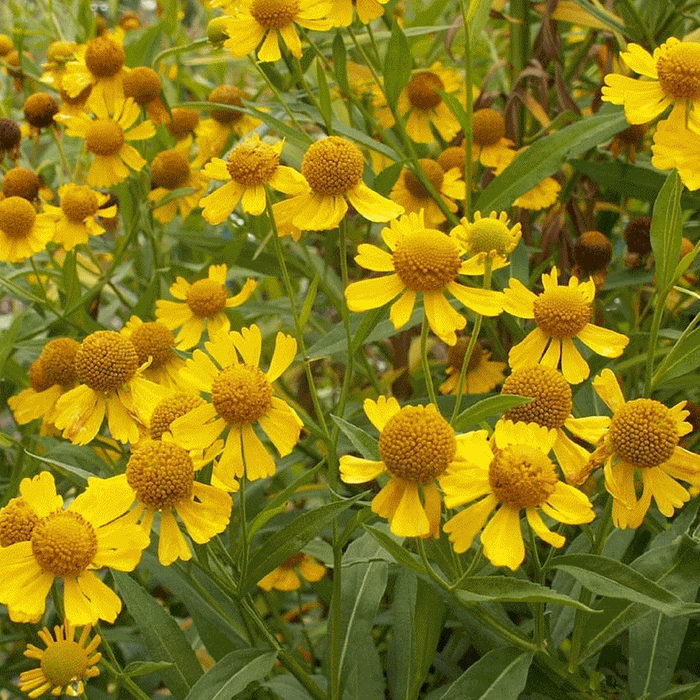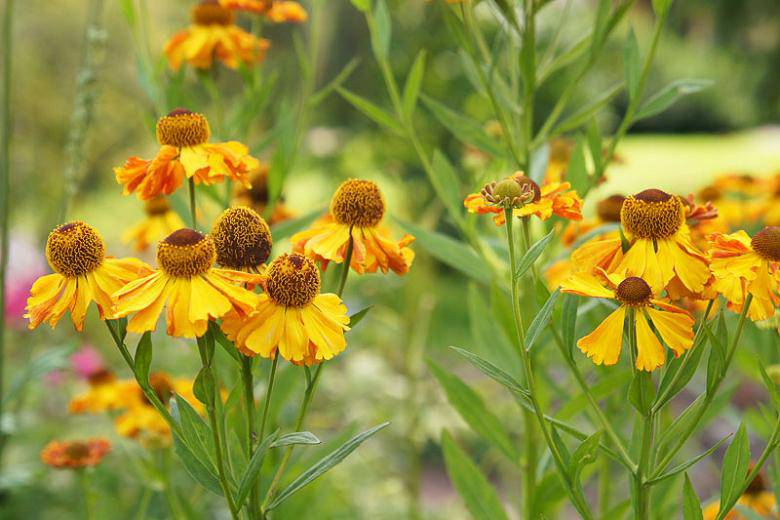
Sneezeweed SEEDS ,Perennial FLOWERS
Most orders are processed by the next day
Select your desired size and/or color from the available options.
Borders. Also effective in prairies, meadows, cottage gardens, wild gardens, naturalized areas or in moist soils along bodies of water.(Helenium autumnale)
Autumn Sneezeweed’s name is derived from an old usage of the plant – the ray flowers and leaves were dried and ground for use as snuff, which induces sneezing in people. It is native to the eastern and central United States and is found in moist areas along streams and ponds as well as in moist meadows and prairies. The abundant yellow flowers have rounded, dome-like centers. This species is a good colonizer and blooms in late summer and fall. Recommended for rain gardens and bioswales as well as moist meadow and prairie plantings. It’s great for pollinator mixes as the flowers are visited by honey bees and many species of wild bees.
Sowing: Direct sow in the spring, pressing the tiny seeds in the surface of rich soil and sprinkling a very thin layer of soil on top; this seed needs light to germinate. Mixing the seed with a small amount of sand may help in seed distribution. Keep the soil moist until germination, which usually occurs within 14-21 days. To start indoors, plant the seed on the surface of the soil in a flat; keep it lightly moist and at a temperature of 70 degrees F until germination. Transplant seedlings outdoors as soon as they can safely be handled.
Growing: Keep these plants consistently moist, since they do not tolerate drought conditions. This plant adapts well to clay soil or marshy areas. Though they usually require staking if they reach their full height, cutting the plants back in mid-summer will produce a more compact and bushy plant that does not need support. Deadheading will help the plant produce the greatest amount of blooms; cut the plant back by half after it finishes flowering. Mature plants can be divided after three or four years of growth. This plant attracts bees and butterflies and resists deer and rabbits.
Harvesting: For fresh flowers, cut long stems of flowers that have just opened and place them in water immediately; strip the leaves that will fall below the water.
Select your desired size and color from the available option
LET OUR CUSTOMER SPEAK FOR US

![[Seeds] - Caribbeangardenseed](http://caribbeangardenseed.com/cdn/shop/files/gift-card-gift-card-1_1024x1024_dfa857db-9150-4315-a362-7f0bb3fb9c47_60x28.png?v=1703978838)


